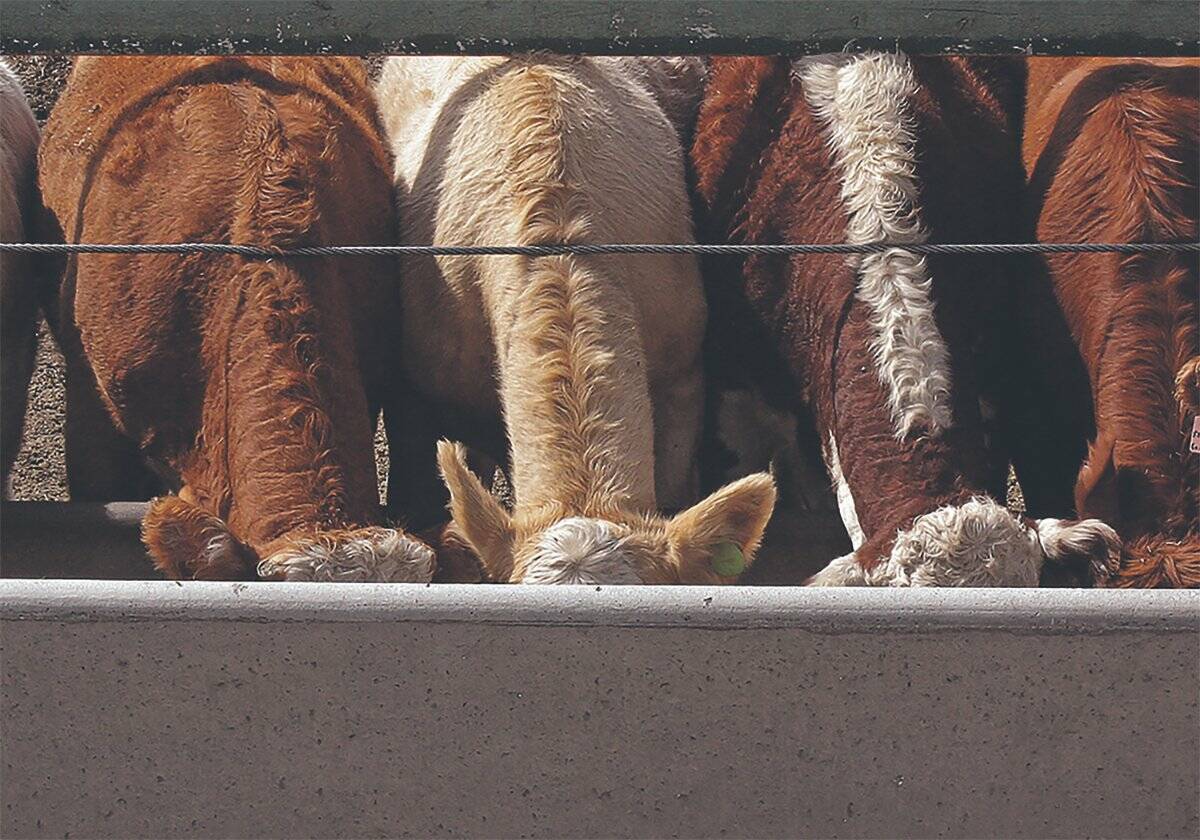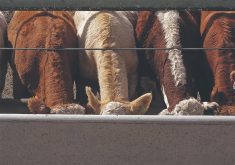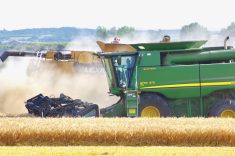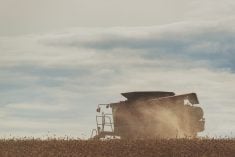BEIJING (Reuters) — China plans to broaden the scope and increase spending on agricultural subsidies for grains and other commodities in a bid to boost food security, the country’s top economic planner said on Wednesday.
Beijing also intends to speed up energy pricing reforms to reduce its reliance on coal.
Maintaining food security and environmental protection are among China’s top priorities this year, as rapid urbanization threatens to swallow up arable farmlands and pollution chokes swathes of the country.
“Problems hindering steady agricultural development are prominent. Resource and environmental constraints have tightened; infrastructure for irrigation and water conservancy is still weak … and agricultural production is not profitable,” the National Development and Reform Commission said in its 2014 work report.
Read Also

U.S. livestock: Cattle fall sharply as Trump says he’s working to lower beef costs
Chicago cattle futures fell sharply on Friday after U.S. President Donald Trump said his administration was working to lower the…
The NDRC said it will lift funds for agricultural subsidies, and devote more to the production of grain and other important agricultural products, new agricultural businesses, and major agricultural regions that produce grain, canola seed or hogs.
Support will also be provided for beef and mutton production.
Beijing said China’s cultivated land must not fall below a red line of 296.5 million acres. It also plans to raise China’s grain production capacity by 50 million tonnes, as well as build up regional and large-scale commercial grain production centres.
China produced 602 million tonnes of grain last year.
The NDRC said it will continue to implement annual stockpiling programs for corn, rapeseed and sugar. The government has already said it would end stockpiling for cotton and soy in 2014.
“Where conditions allow, we will carry out trial subsidy programs based on the actual area sown to grain or grain output, and use subsidies in a more precise and targeted way,” the NDRC said.
Beijing is seeking ways to encourage farmers to stay on the land, by providing subsidies and investing in rural infrastructure, but top researchers have said that the world’s most populous nation will need to become less fixated on self-sufficiency targets and use overseas markets more.
To increase the proportion of non-fossil fuel, Beijing said it will adjust tariffs for wind power, establish a “sound system” of tiered pricing for gas consumption, as well as improving the pricing mechanism linking coal to power prices.
With cities across China suffering hazardous pollution, Beijing has vowed to slash coal consumption and shut polluting firms to clean up the environment.
China has already raised prices for gas-fired generation and imported natural gas last year. It is expected to hikes prices further this year to boost supplies of the fuel, a move which will benefit utilities such as China Huaneng and gas importers like PetroChina.














